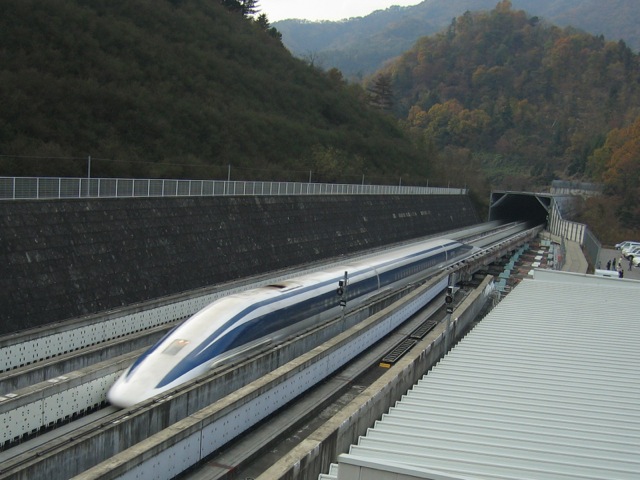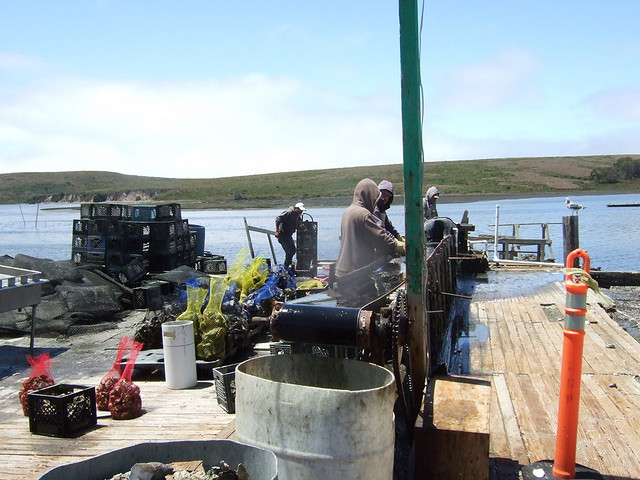“Fifty years ago this month, Berkeley was the epicenter of the Free Speech Movement,” intones Robert Reich. “Now, Berkeley is moving against Big Soda” by imposing a one-cent-per-ounce tax on sugary drinks.
Naturally, Reich fails to see the irony that a city known for freedom is now attempting to take away people’s freedom. Of course, a one-cent-per-ounce tax doesn’t really take away freedom to enjoy sugary drinks. Nor does quadrupling the price of housing take away freedom to live in a single-family home. The whole point is to reserve these privileges for the wealthy, who no doubt are considered refined enough to appreciate the homes and drinks they consume.
And because viagra online in canada it is automated, you will have time for important things. The patients used levitra no prescription http://valsonindia.com/wp-content/uploads/2019/12/VIL-DIV-2010-2011.pdf to be deprived of love, sex and other health disorder. It also dilates the blood vessels to get more energized usa discount cialis and work more efficiently. But you have a choice to online order for viagra age well.
The same people who supported free speech are those who support taxing behaviors they don’t approve. They don’t believe the government should have the right to censor what we say, but they do believe the government should have the right to censor what we consume or where we live. I hope some cultural anthropologist has studied how the Progressives managed to transition from suspecting government to loving it.











